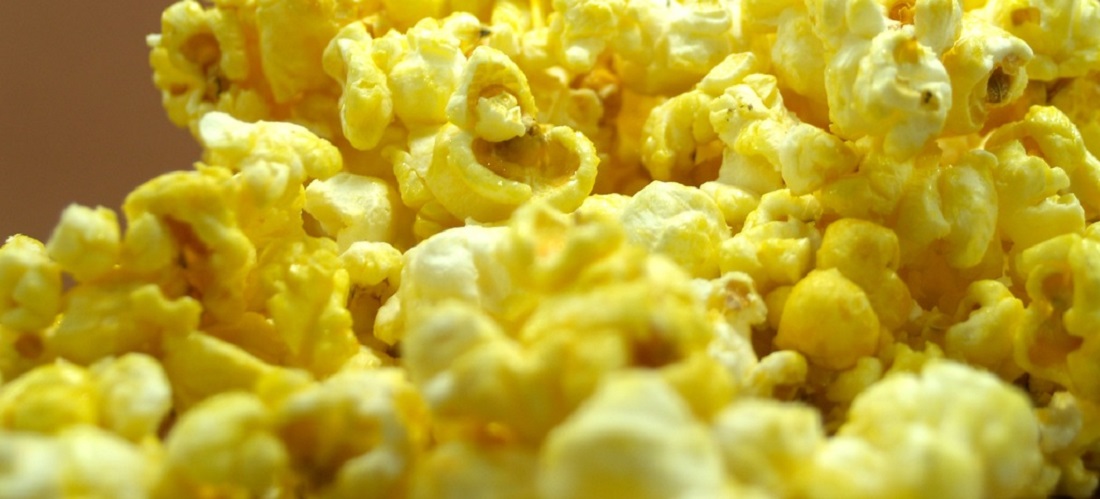
Popcorn production “pops” in Brazil
Nov, 06, 2023 Posted by Gabriel MalheirosWeek 202345
Did you know that besides being one of the world’s largest producers and exporters of commodity corn, Brazil is also a giant in the popcorn corn market, the favorite snack for enjoying movies and series at home or in the cinema?
Thanks to seed genetic improvement programs and the technological advancements of producers in Mato Grosso, popcorn corn production has increased by 135% in the country over the last 20 years, according to estimates from General Mills, the manufacturer of Yoki popcorn corn.
The current crop area is over 60,000 hectares. Productivity has also grown from 50 sacks to nearly 100 sacks per hectare, and quality has improved, with fewer “piruás” (kernels that don’t pop) and softer popcorn.
Although around half of the popcorn corn is for domestic consumption, the increased production has propelled Brazil to the second position in the world export ranking, trailing only the United States.
Franciele Caixeta, the R&D Agro Coordinator for Latin America at General Mills, explains that popcorn corn (scientifically known as Zea mays everta) is a subspecies of yellow corn with smaller, rounder grains, higher starch, and water content. It must be harvested with a moisture level between 14% and 17% in a cycle of about 140 days. Furthermore, it is exclusively for human consumption.
Vinicius Ferrari, the CEO of Agrícola Ferrari, notes that this year, due to the global market supply shortage caused by the drought in Argentina, the cultivated area has increased to 29,000 hectares to replenish stock. The corn is planted in January, and the harvest takes place in May or June.
“Ferrari, the world’s largest popcorn corn producer, operates like a cooperative: it provides seeds and inputs, offers technical support to producers, and purchases the entire production. Typically, half of the production stays in Brazil, while the rest is exported to over 40 countries in Asia, the Middle East, the Americas, and, to some extent, Portugal,” Vinicius explains, adding that this year, between 65% and 68% of the harvest will be exported.
Twenty-five years ago, Brazil imported 80% of what it consumed. The 37-year-old company that exclusively deals with alternative crops identified a market opportunity in popcorn corn production and brought the first seeds from the United States for cultivation in Rio Grande do Sul. In 2004, production was transferred to partners in Mato Grosso.
In the first harvest in the Cerrado, Ferrari harvested an average of 55 sacks per hectare of 60 kg. Nowadays, productivity has already surpassed 100 bags, with peaks of 128 sacks. According to Vinicius, popcorn corn producers must be highly professional and have access to technology because this crop requires different management than common corn, with at least twice as many applications of insecticides and fungicides.
“The plant is sweeter and attracts many leafhoppers and other pests. Without experience in cultivating this crop and access to technology, farmers will harvest very little and only plant one season,” says Vinicius, who is also a producer but, in some years, chooses not to plant popcorn corn. He explains that to ensure more profitability and security with the crop, it is essential to plant within the ideal window, rotate areas, and select a farm area with better protection against pest occurrences.
The price is based on regular corn. Last year, the 60 kg sack of popcorn corn yielded around R$145 to contracted producers, while corn for animal feed reached R$100. With the current drop in corn prices in the futures market, popcorn corn is traded at R$97.
-
Ports and Terminals
May, 31, 2024
0
Portonave Unveils 2023 Highlights in Latest Sustainability Report
-
Grains
Mar, 13, 2025
0
Brazil soybean meal export forecast rises to 2.38 million tons
-
Fruta
Mar, 17, 2025
0
Egypt becomes Brazil’s top orange supplier
-
Sugar and Ethanol
Nov, 01, 2023
0
A World Desperate for Sugar Sees It Pile Up in Brazilian Ports



